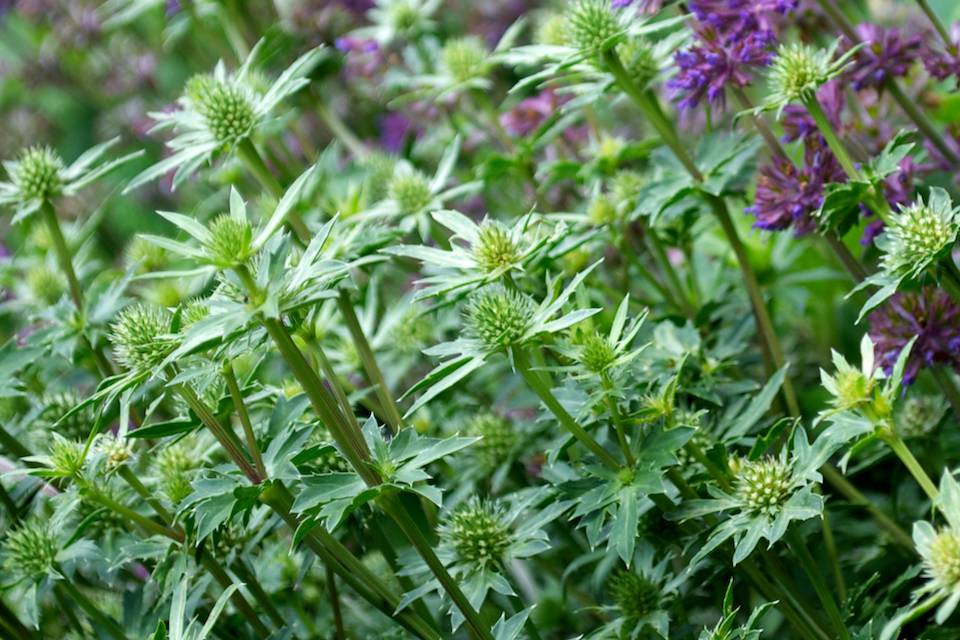A talented fellow blogger, from across the pond, wrote recently that the start of the summer is nothing but depressing. I thought at the time, that this was a rather odd statement, particularly for a gardener. Moreover, the mighty Monty, echoed this sentiment on the recent episode of Gardeners’ World, where he acknowledged that as the garden enters a new season, July and August can be pretty tricky months. Though, being the master of all things garden, naturally Monty’s fantastic garden at Longmeadows is exempt from any trivial trickiness! The new season brings new colour, but also calls for the fading of the spectacular waves of fresh spring flowering. This process can be difficult to manage, particularly when it comes to herbaceous borders. As we press forward into summer, this is becoming increasingly evident.
Achieving fluid continuity over the seasons in the borders is turning out to be really quite a dark art form. We are not just trying to extend the season, by including late flowering plants, but also to ensure that the impact of the passing of the seasons is as fluid as possible. There is ample learned content on the subject of extending the season, and many of the prescribed techniques are being used in the Greenhouse Borders. Starting from; the careful plant selection to ensure gradual flowering; adequate staking to ensure plants are protected from wind damage and so that they do not damage neighbouring plants; Chelsea Chopping, continuous deadheading and so on. Though, coverage on trying to achieve that fluidity between the spring, summer and autumn growth waves, is more difficult to find. Makes me wonder if perhaps, I have lost my marbles and this is all just a utopic fallacy.
The borders do look charming, but many of the plants are starting to look tired, not just because of spent flowers, but more so because of the yellowing of their leaves. For plants, such as Alchemilla Mollis and the hardy geraniums this is easily handled. They have wonderfully speedy regenerative qualities, and can therefore quickly regrow fresh green leaves. Though, to ensure you don’t emaciate the border of their charms all in one go, chopping has to be done gradually. Not easy though, as this requires planning, a quality that I have yet to master. This can also mean that some will need to be chopped when in full flower, which seems criminal and rather contradictory. For shruby like plants, such as Salvia officinalis, of which we have quite a few, this more difficult. Cutting them back, does not make it any the more handsome and creates large ‘holes’ in the border. Moreover, plants like these take their time to regenerate. How one is best to manage this, still eludes me. Some pruning seems in order, though how to go about that most effectively? Cut all at once, or gradually? Both seem to have their disadvantages.
Since the Chelsea Chop seven weeks ago, the plants have recovered nicely, though the majority still have some way to go. The problem therefore, is that they are still far behind neighbouring plants. Consequently, the border is missing its height and colour in the back. Granted, we did have a hot spring, where everything sprang to life much earlier than normal, hence skewing plant growth rates, which has not helped.
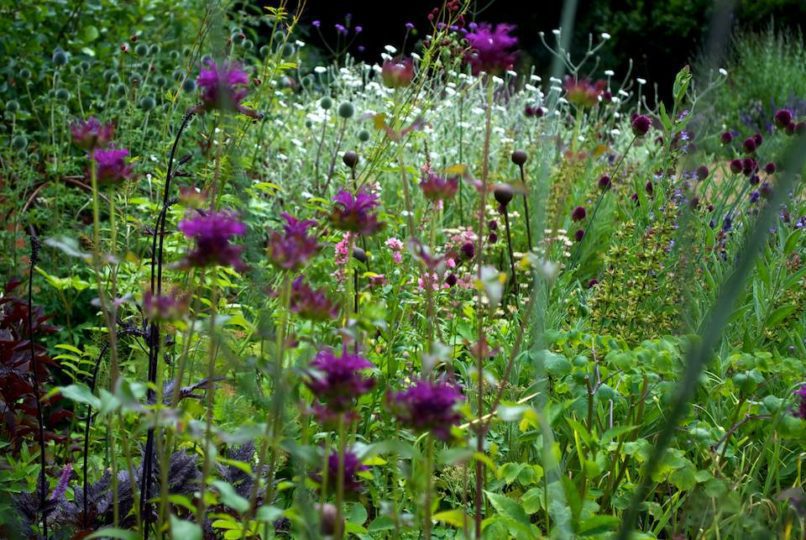
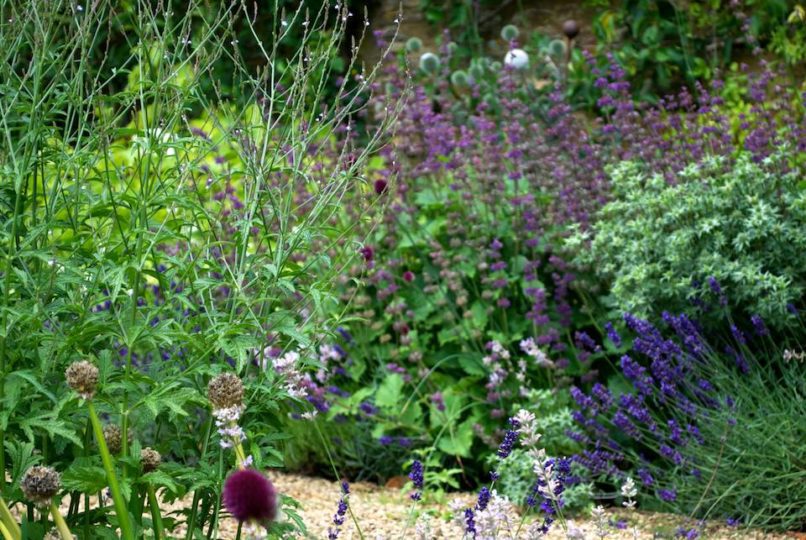

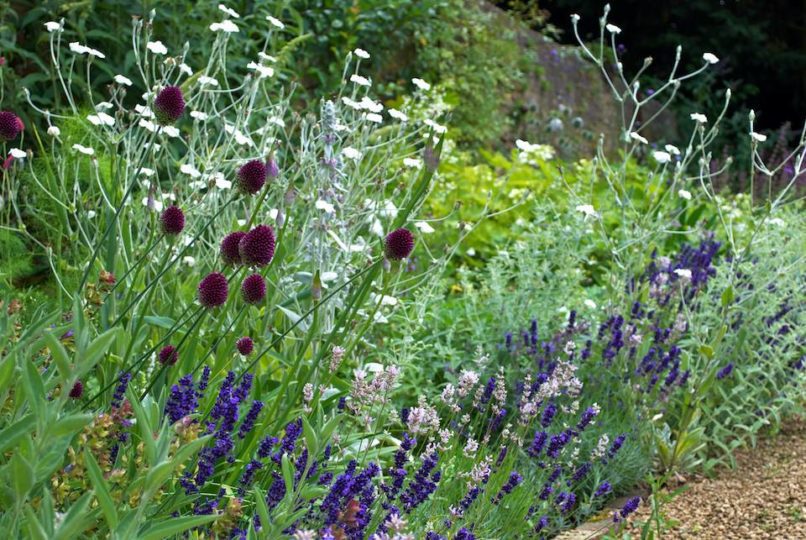
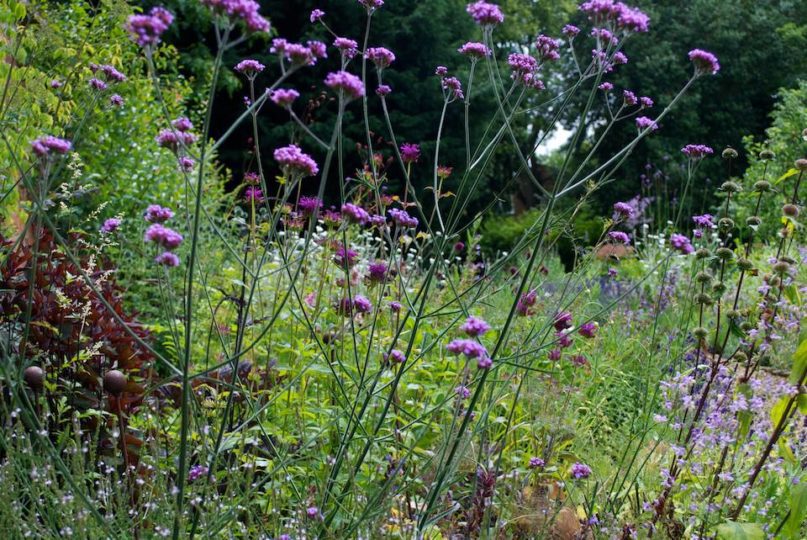

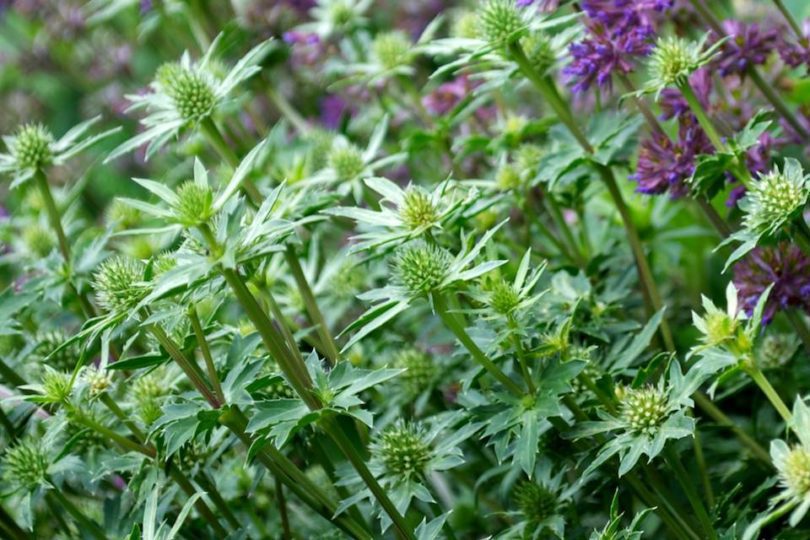

At Coton Manor, Susie Pasley-Tyler, explained that she administered the Chelsea Chop, a month earlier than normal this year; at the end of April. According to Susie, as spring came earlier, the early chop would help the plants establish strong clumps earlier, and consequently be more protected from strong May winds. Taking a leaf out of her book (depending on spring temperatures), next year we may do the same, and start the chop much earlier. That should ensure height earlier in the border, and by spreading the process through April to mid June, one should ensure more gradual growth. Sounds good in practice, though that will mean that yours truly will need develop serious control and restraint. Once I start chopping, it is near impossible to stop. Hence, revealing some of my issues with deadheading.
Annuals and biennials are often put forward as a solution to fill any holes in borders and consequently giving the illusion of the continuously full border. In our case, From the Greenhouse borders were meant to be planted with perennials only. Only recently, have a few annuals and biennials slipped through the net. I think we may need to add more in future, though the new arrivals must be effective self seeders. Salvia Viridis (purple, pink and white) and Anthriscus sylvestris Ravenswing are great. A recent new experiment is the planting of the rather staggering Dianthus barbatus nigrescens ‘Sooty’. This Dianthus is terrifically dark purple, which really catches the eye though we have yet to evaluate its impact in the border.
In addition to juggling to keeping plants happy and administering the various techniques, there is always natural decay. Plants dying is not just sad, but especially problematic for border continuity. Particularly, when it occurs to plants that are to perform at this time of year. Learning about the short comings of’ perennial longevity of some plants, has proved invaluable. Though, if like yours truly one still stubbornly wishes to include tricky plants, such as Monardas, there will always be issues.
Generally speaking, the Greenhouse Borders are lovely and we are pleased with their progress. Though, they do have their best times; early spring to early July, and the final weeks of summer through to autumn. The in-between, mid July to August, period is indeed proving tricky and we may just have to accept this to be their transition period. Though, I can’t help but think we can improve on that, and hence make July to August less problematic. After all Monty seems to be able to do it, although he may have an army of gardeners on staff…
Any ideas?
